Increased Focus on Patient Experience
The Non-Clinical Information System Market is increasingly influenced by the emphasis on enhancing patient experience. Healthcare providers recognize that patient satisfaction is integral to their success, prompting investments in non-clinical information systems that improve communication and streamline administrative processes. Systems that facilitate appointment scheduling, billing inquiries, and patient feedback mechanisms are gaining traction. Data suggests that organizations prioritizing patient experience through these systems can see a significant increase in patient retention rates. As healthcare becomes more patient-centric, the demand for non-clinical information systems that support this shift is likely to grow, further driving the market.
Regulatory Compliance and Standardization
Regulatory compliance remains a critical driver within the Non-Clinical Information System Market. Healthcare organizations are mandated to adhere to various regulations and standards, such as HIPAA and GDPR, which govern data privacy and security. The implementation of non-clinical information systems aids organizations in maintaining compliance by automating reporting processes and ensuring data integrity. As regulatory scrutiny intensifies, the demand for systems that facilitate compliance is expected to rise. Market data indicates that organizations investing in compliance-focused non-clinical information systems can reduce the risk of penalties and enhance their reputation. This trend underscores the importance of regulatory compliance as a key driver in the Non-Clinical Information System Market.
Rising Demand for Efficient Healthcare Management
The Non-Clinical Information System Market is experiencing a notable surge in demand for efficient healthcare management solutions. As healthcare organizations strive to enhance operational efficiency, the adoption of non-clinical information systems has become paramount. These systems streamline administrative tasks, improve patient scheduling, and facilitate billing processes. According to recent data, the market for non-clinical information systems is projected to grow at a compound annual growth rate of approximately 10% over the next five years. This growth is driven by the need for healthcare providers to optimize resource allocation and reduce operational costs, thereby enhancing overall service delivery. Consequently, the increasing focus on operational efficiency is likely to propel the Non-Clinical Information System Market forward.
Technological Advancements in Information Systems
Technological advancements play a pivotal role in shaping the Non-Clinical Information System Market. Innovations such as cloud computing, big data analytics, and mobile applications are transforming how healthcare organizations manage non-clinical operations. These technologies enable real-time data access, enhance decision-making capabilities, and improve overall system interoperability. Market analysis indicates that the integration of advanced technologies into non-clinical information systems is expected to drive market growth significantly. As organizations seek to leverage these advancements for improved operational efficiency, the demand for sophisticated non-clinical information systems is likely to rise, indicating a robust future for the industry.
Growing Investment in Healthcare IT Infrastructure
Investment in healthcare IT infrastructure is a crucial driver for the Non-Clinical Information System Market. As healthcare organizations recognize the importance of robust IT systems, there is a marked increase in funding directed towards upgrading and implementing non-clinical information systems. This investment is essential for enhancing data management, improving operational workflows, and ensuring compliance with regulatory standards. Recent statistics reveal that healthcare IT spending is projected to reach substantial figures in the coming years, reflecting a commitment to modernizing infrastructure. Consequently, the growing investment in healthcare IT infrastructure is likely to propel the Non-Clinical Information System Market, fostering innovation and efficiency.
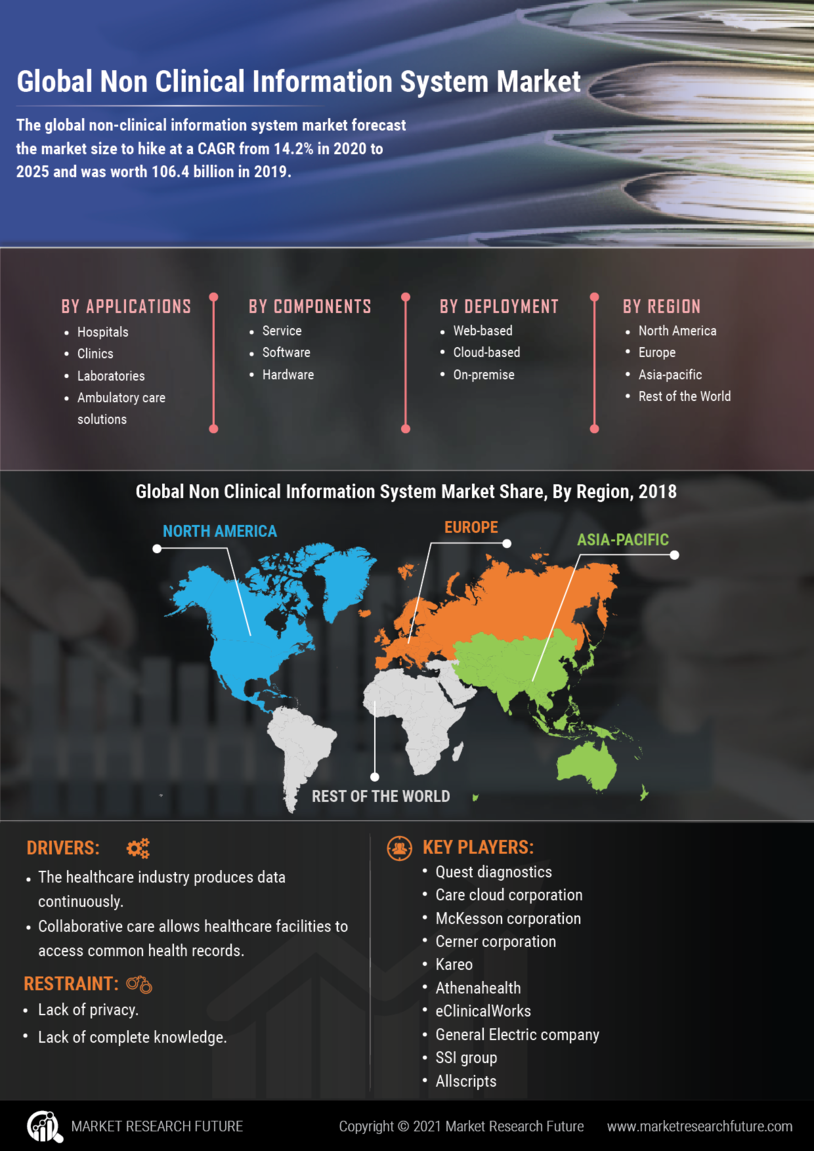

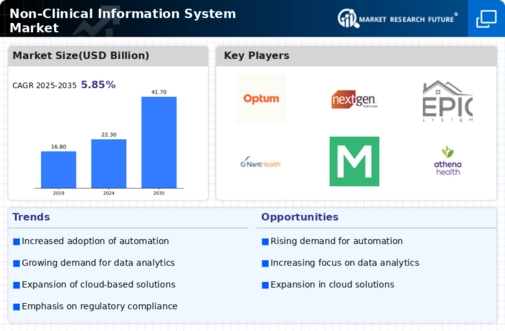
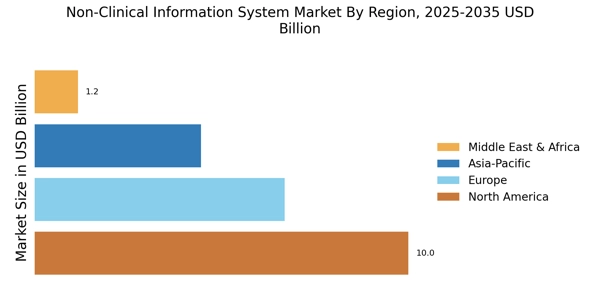


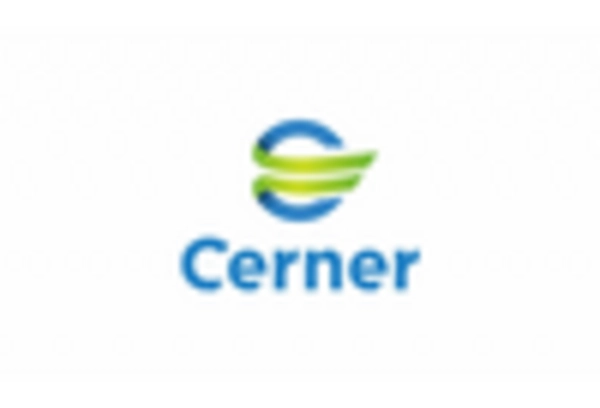
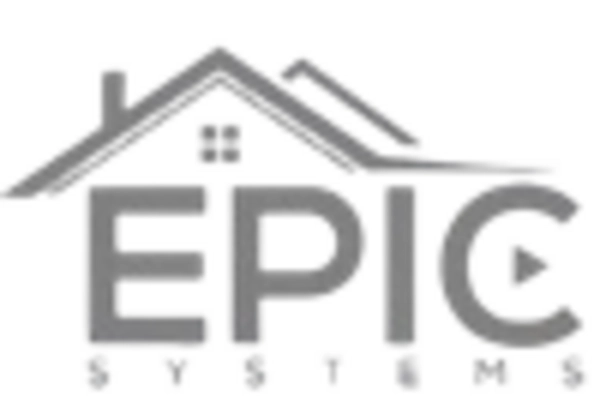

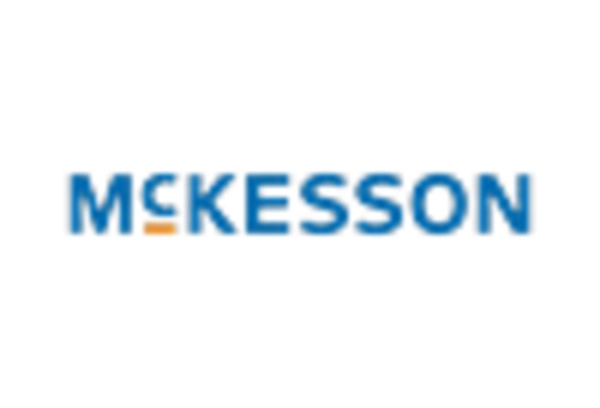








Leave a Comment